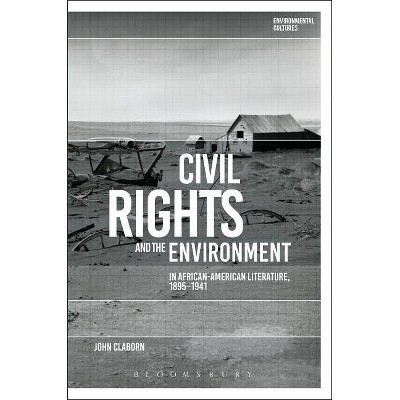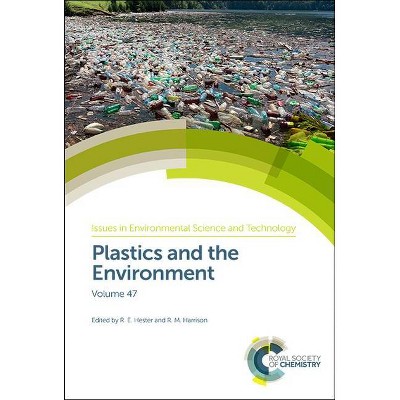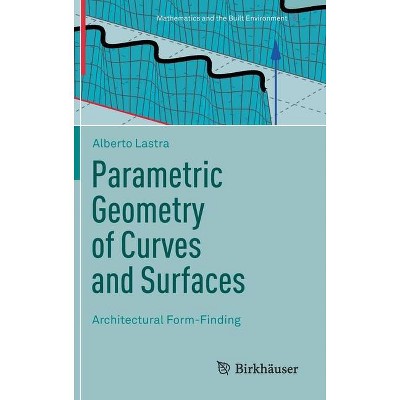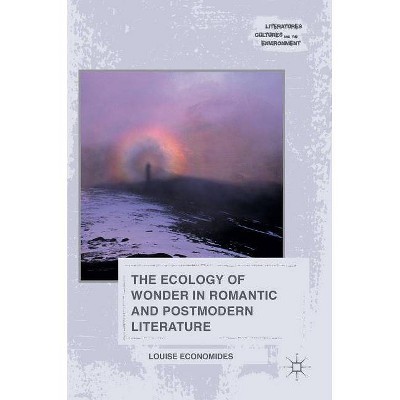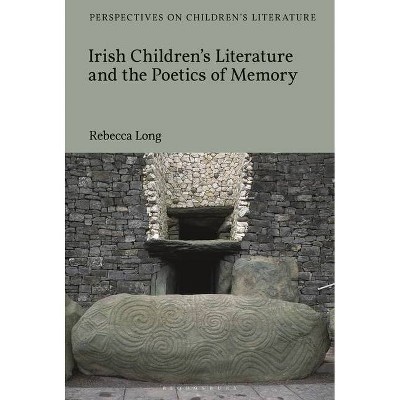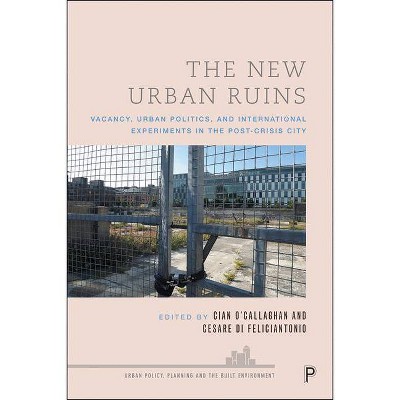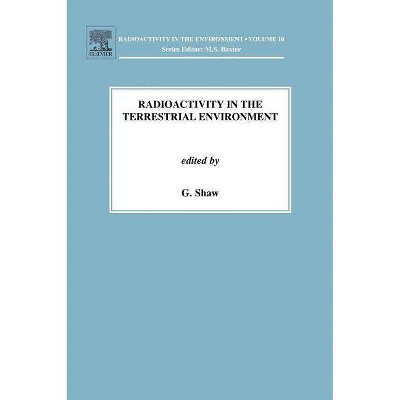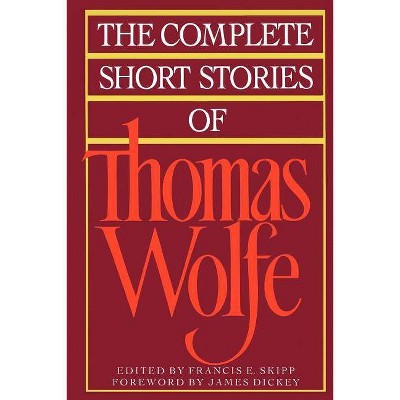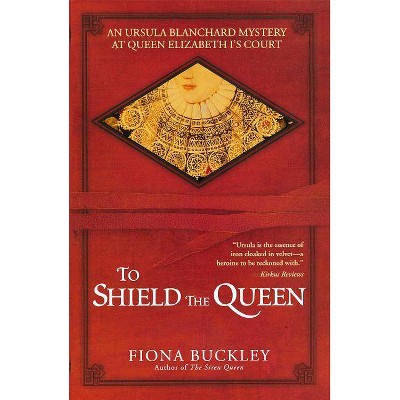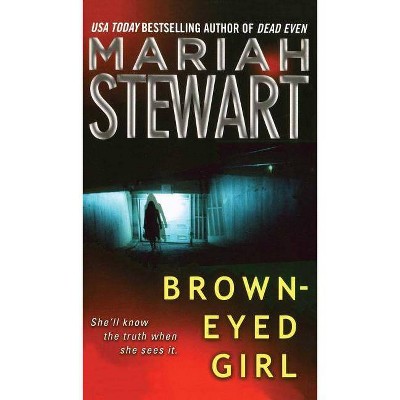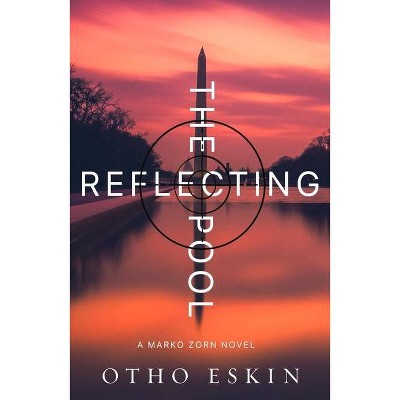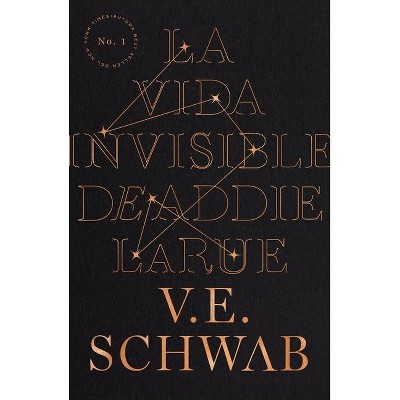Memory and the Built Environment in 20th-Century American Literature - by Alice Levick (Hardcover)
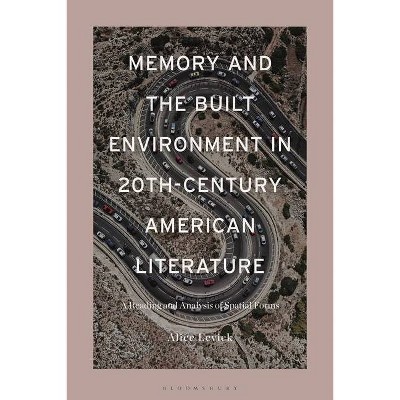
Similar Products
Products of same category from the store
AllProduct info
<p/><br></br><p><b> Book Synopsis </b></p></br></br>From the paving of the Los Angeles River in 1938 and the creation of the G.I. Bill in 1944, to the construction of the Interstate Highway System during the late 1950s and the brownstoning movement of the 1970s, throughout the mid-20th-century the United States saw a wave of changes that had an enduring impact on the development of urban spaces. Focusing on the relationship between processes of demolition and restoration as they have shaped the modern built environment, and the processes by which memory is constructed, hidden, or remade in the literary text, this book explores the ways in which history becomes entangled with the urban space in which it plays out. Alice Levick takes stock of this history, both in the form of its externalised, concretised manifestation and its more symbolic representation, as depicted in the mid-20th-century work of a selection of American writers. Calling upon access to archival material and interviews with New York academics, authors, local historians and urban planners, this book locates Freud's 'Uncanny' in the cracks between the absent and present, invisible and visible, memory and history as they are presented in city narratives, demonstrating both the passage of time and the imposition of 20th-century modernism. <br/> <br/> With reference to the works of D.J. Waldie, Joan Didion, Hisaye Yamamoto, Raymond Chandler, Marshall Berman, Gil Cuadros, Paule Marshall, L. J. Davis and Paula Fox, <i>Memory and the Built Environment in 20th-Century American Literature</i> unpacks how time becomes visible in Los Angeles, Sacramento, Lakewood and New York in the decades just before and after the Second World War, questioning how these spaces provide access to the past, in both narrative and spatial forms, and how, at times, this access is blocked.<p/><br></br><p><b> Review Quotes </b></p></br></br><br>Drawing on a creative and impressively constructed archive of interviews, novels, stories, and essays, Levick offers an illuminating meditation on the persistence of collective memory and history embedded within urban landscapes, art, and community. The book powerfully argues for how these accreted forms become a resource of resistance against urban modernity's creative destruction<br/>Myka Tucker-Abramson, Assistant Professor in American Literature, University of Warwick, UK<br><p/><br></br><p><b> About the Author </b></p></br></br><b>Alice Levick </b>is currently working for the Civil Service and is an independent scholar. After completing her doctoral thesis in 2018, she taught at the University of Exeter, UK as a postgraduate teaching assistant. She worked on her thesis over the course of seven years, during which she also worked as an editor for Risk Books. Her articles on American fiction and urban space have appeared in the European Journal of American Culture, HARTS & Minds, and US Studies Online, in addition to a chapter in the multi-contributor work, <i>Time, the City, and the Literary Imagination </i>(2021), edited by Anne-Marie Evans and Kaley Kramer.
Price History
Price Archive shows prices from various stores, lets you see history and find the cheapest. There is no actual sale on the website. For all support, inquiry and suggestion messages communication@pricearchive.us
